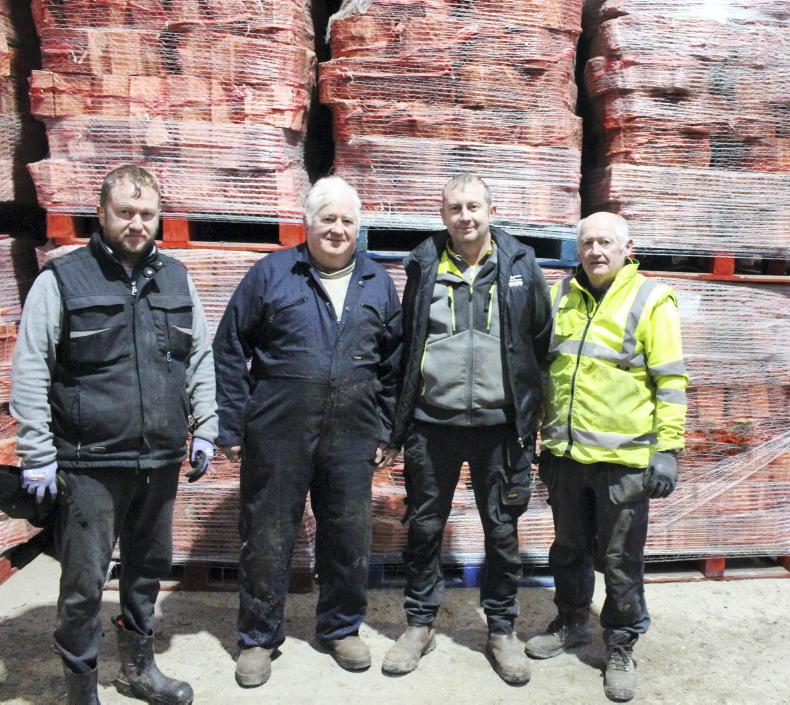
Forestry
All the latest forestry news from the Irish Farmers Journal. Keep up to date with all the forestry news developments in the sector.
All the latest forestry news from the Irish Farmers Journal. Keep up to date with all the forestry news developments in the sector.